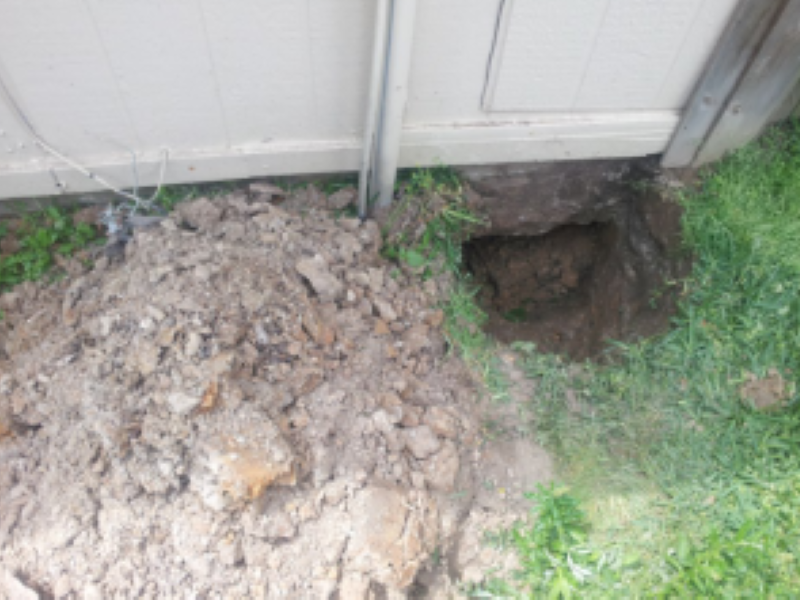Slab Foundation Repair

The foundation on which your house is built can have a significant impact on its structural integrity. A slab foundation is generally made of concrete that is 4–6 inches thick in the center. For drainage or as a cushion, the concrete slab is frequently placed on a layer of sand.
Slab foundations, however, are not without their repair needs and come with their own set of possible damages. Finding a contractor who understands the method that will work best for your foundation is critical for long-lasting slab repairs, and that is why you need the professional service of little elm foundation repairs.
Why do damages occur in Slab Foundations?
Changing soil conditions frequently harm Slab foundations. In states like Texas. Extensive clay soils have an impact on home foundations. This is one of the primary reasons why cities such as Texas have such a high rate of foundation problems. When the clay soil becomes overly saturated, it will start to expand and push up into the foundation. On the other hand, the soil will shrink causing the foundation to settle when it dries out. This type of movement, caused when soil condition change due to the climate, causes slab foundations to crack, which in turn leads to moisture, mold, and other issues within the house.
Slab Foundation Foam Jacking Solutions
One of the most efficient ways to solve problems with your sinking or settling slab foundation is to use polyurethane foam jacking. Our experts lay a checkerboard pattern over the damaged region, then drill holes in your slab and inject high-density foam beneath the foundation. The foam swells seconds after injection, elevating the concrete and filling up any gaps. This procedure is usually incredibly cost-effective as well as efficient.
Slab Foundation Slabjacking Solution
Slabjacking, also known as mudjacking, is a method of repairing a slab that involves drilling holes in it. Following that, the holes are filled with a grout-like material, which raises the concrete to the desired height. This foundation repair procedure takes only a few hours to complete, can be done in almost any weather, causes no disruption to your landscape, and does not require the removal of anything from the concrete. Little Elm Foundation Repairs is well-trained in this method, and we have discovered that this is a Slab foundation repair solution that most property owners in our community prefer.
Piling
For foundation repairs, there are many distinct types of piers and pilings. These procedures are more invasive than the ones listed above, but they offer more long-term solutions and do a better job of repairing your foundation than the others. Steel piers are an excellent option for long-term foundation maintenance. They're extremely robust and may be drilled up to 100 feet into the earth, providing long-term and reliable support that you won't find anyplace else. Helical piers are screwed into the ground steel piers with spiral-shaped heads. When the dirt beneath your foundation is difficult to penetrate with traditional piers and pilings, these piers are a viable solution. Spot piercings are ideal if you have a lighter base that requires attention. A spot pier is a concrete-filled shallow trench dug beneath your foundation.

